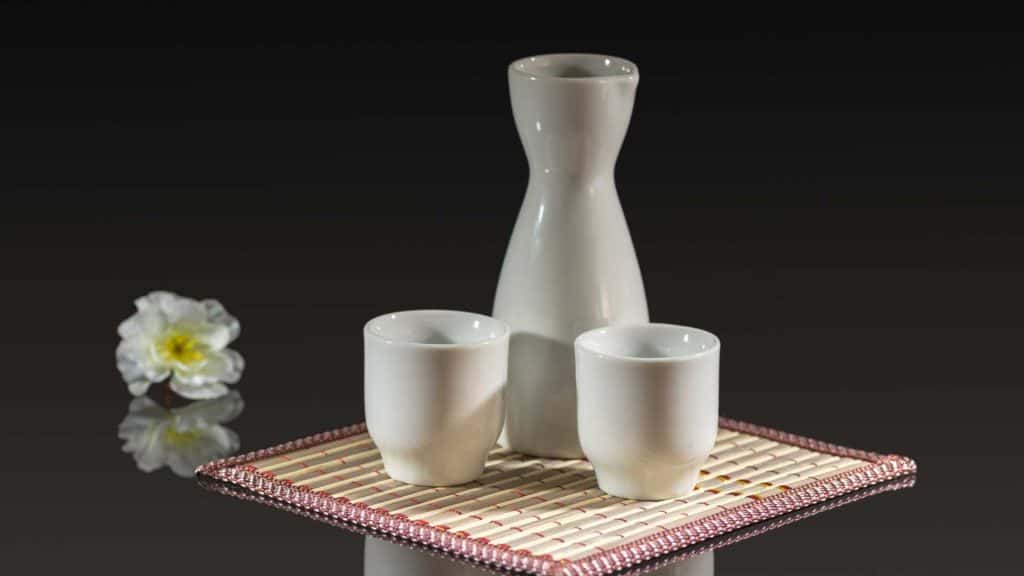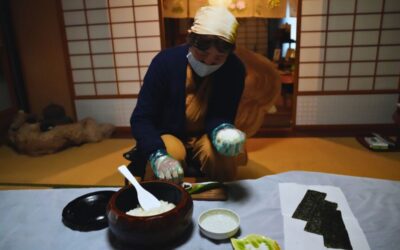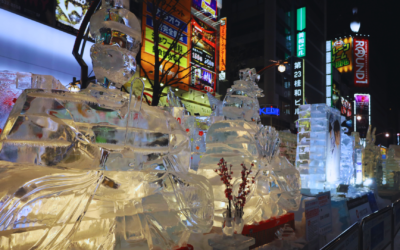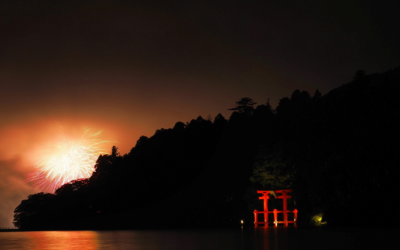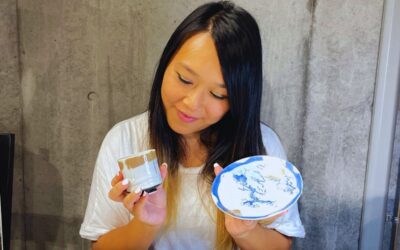When you think of “Japanese alcohol,” what comes to mind? For many, it’s probably “sake.” But did you know that “sake” actually means “alcohol” in general in Japanese? If you’ve had the chance to experience Japan’s nightlife, you’ll know they boast an incredible variety of Japanese drinks not commonly found in Western clubs and bars.
If you haven’t explored the city’s nightlife yet, I highly recommend it. But before you do, let me give you the lowdown on the different types of Japanese alcohol and popular cocktails you’re likely to encounter in Japan, aside from the renowned Japanese sake. So, whether you’re hitting the town in Japan or browsing the shelves of a supermarket or convenience store, you won’t feel lost when selecting your drink!
1. Nihonshu
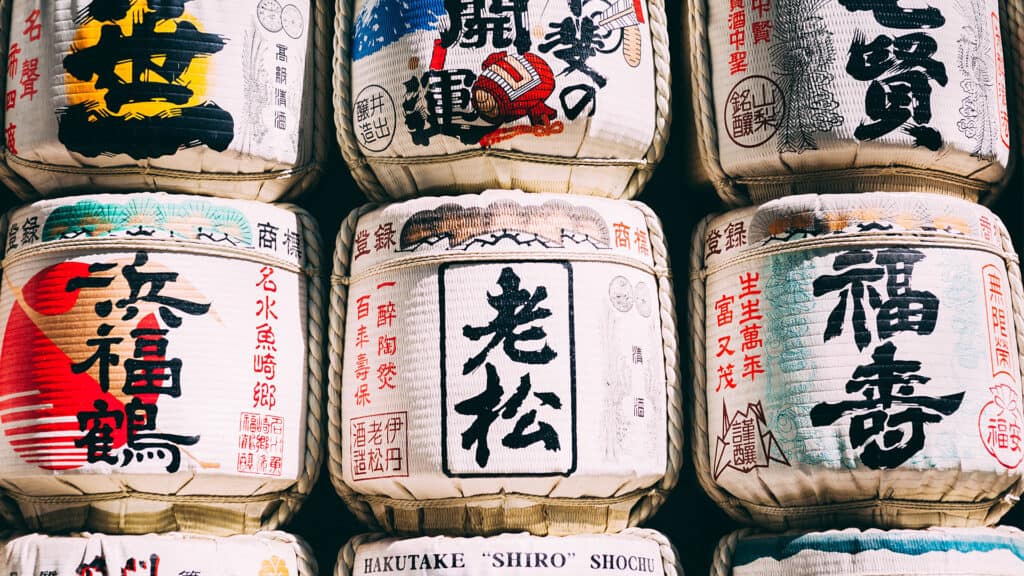
Nihonshu, a traditional Japanese fermented rice wine, is often referred to as ‘sake’ in Japanese restaurants overseas. Typically boasting around 15% ABV, it’s served either at room temperature or slightly warmed to enhance its delicate flavours and smoothness. Unlike wine, nihonshu has a sweeter aroma and a clearer texture.
2. Sparkling Nihonshu

This drink is sometimes referred to as a “Japanese champagne”. It is essentially carbonated nihonshu, and is the only carbonated Japanese alcohol. This is achieved through the fermentation process in which the carbon produced is kept in the nihonshu instead of evaporated.
Sparkling nihonshu is easy to drink, and is a better alternative for those who find the regular nihonshu a tad too strong. Sparkling nihonshu can be served as a cool refreshing drink in the summer, perfect for a casual afternoon drink. The alcoholic content in sparkling nihonshu is on the lower side, sitting around the 5% mark.
Sparkling nihonshu is not commonly drunk, but once you discover it, it will probably become one of your go-tos!
3. Shochu

Shochu is another traditional Japanese alcohol that is made from rice, sweet potato, barley or buckwheat. The main difference between shochu and nihonshu is the process of its production.
While nihonshu is fermented, shochu is distilled, which means that it also has a higher alcoholic content, generally between 25% to 37%. Similarly to nihonshu, drinking shochu straight will allow you to taste the flavours better. Shochu is also often used as a mixer for Japanese cocktails such as the Lemon Sour and Oolong Highball. Shochu is sometimes confused with the Korean soju. While both products distilled, starch-based liquors, there are subtle differences in the distillation process for each and thus they have differing flavours.
Try out and compare 5 different types of shochu here!
Lemon Sour Shochu mix

As previously mentioned, the Lemon Sour stands as a quintessential Japanese cocktail, commonly found in bars and izakayas across Japan. This shochu-based mix, blending shochu, soda water, and lemon juice, offers a refreshing, subtly sweet taste—a perfect starter for the evening.
Oolong Hai

The Oolong Hai, or Oolong Highball, presents another delightful shochu concoction. Combining oolong tea and shochu, this mix boasts a prominent tea flavour, akin to sipping on an unsweetened iced tea—yet another invigorating option. Given their mixed nature, both the Lemon Sour and the Oolong Hai tend to have lower alcohol content.
4. Awamori

Awamori, a Japanese alcohol akin to shochu, hails from the southern island of Okinawa. Crafted from a specific long-grain rice variety called ‘Indica’ rice, it undergoes distillation to reach an alcohol content typically ranging from 30% to 40%. Traditionally aged in clay pots to enrich its flavours, it’s often enjoyed neat or diluted with water for a smoother sip.
5. Umeshu

This alcohol is known as a Japanese plum wine, but is actually a sour plum liqueur. Produced by infusing sour plums in alcohol with sugar, then aged to perfection, it yields a deliciously sweet beverage. While it can be mixed into cocktails, savouring it over ice allows its unique flavour to shine through. With an alcohol content of around 10% to 15%, it’s a delightful option for those with a penchant for sweet cocktails.
6. Japanese Whisky

Whisky is a relatively recent addition to the Japanese alcohol scene, but it’s quickly gained popularity and global recognition. Crafted from distilled malted barley and aged in wooden casks or barrels, Japanese whisky is primarily produced by Suntory and Nikka, offering a wide range of single and blended malt whiskies. With an alcohol content averaging around 40%, it’s perfect for sipping neat or mixing into cocktails.
Whisky Highball
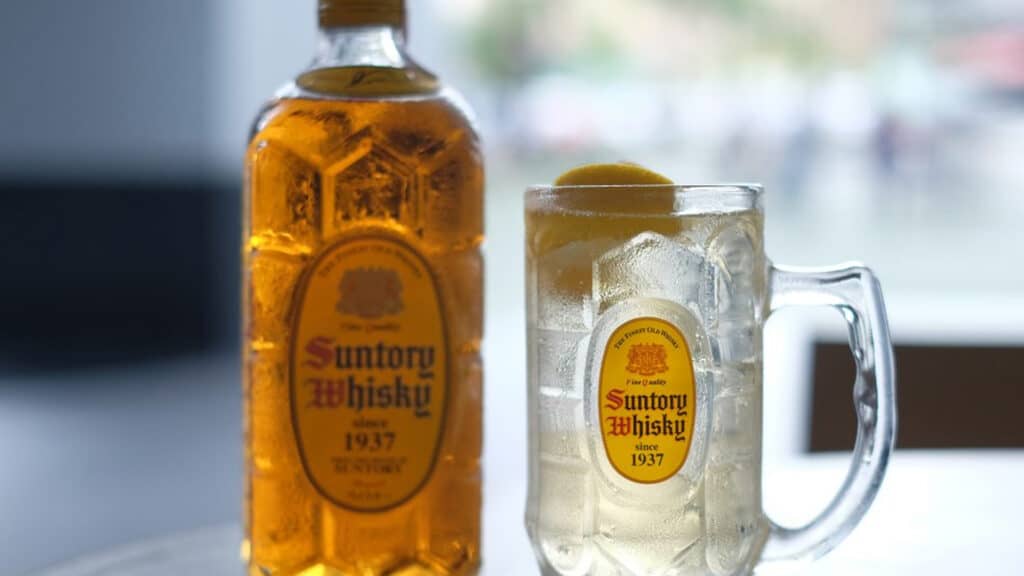
The Highball, a classic cocktail made with either whisky or shochu, enjoys particular popularity in Japan. The Whisky Highball, blending Japanese whisky and soda, is a standout, boasting a subtle, softer flavour compared to straight whisky—ideal for those who aren’t die-hard whisky fans.
7. Hoppy
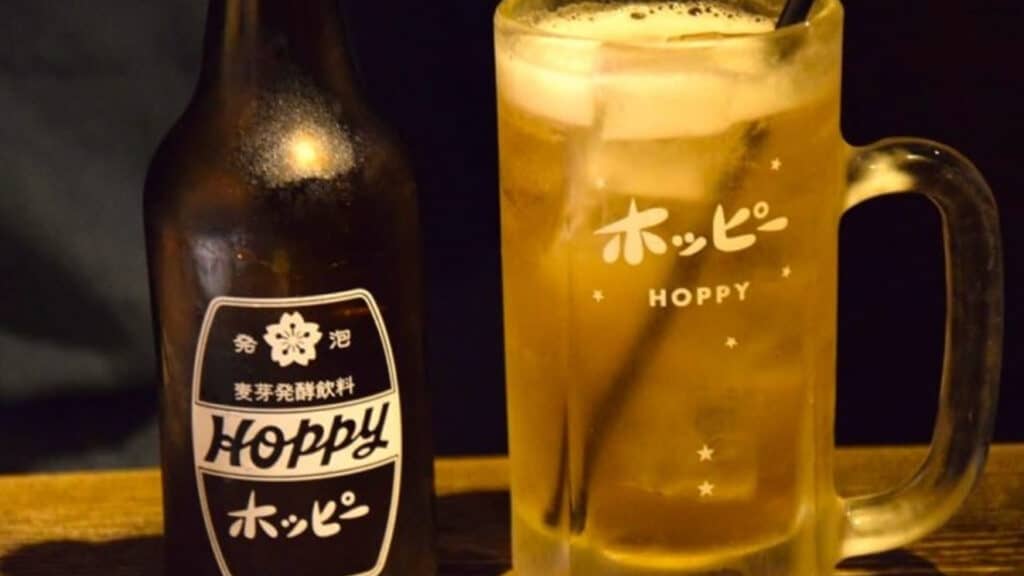
Hoppy, a nearly non-alcoholic Japanese beverage with a mere 0.8% alcohol content, closely resembles beer in appearance and taste, albeit with less froth. Distilled rather than brewed like conventional beers, Hoppy is lauded for its health benefits and affordability. Often used as a mixer in Japan, it offers a great alternative for beer enthusiasts looking to cut down on alcohol and carbs.
Let the Japanese Booze Exploration Begin!
Obviously, this is just a small list of all the possible alcoholic drinks you can get in Japan. However, this should give you a good base to start you off for a night out. Apart from Japanese sake, there are countless options for you to explore and experiment with.
Go out, be adventurous and try some of these drinks! If you need help navigating Tokyo’s bars and clubs, check out our other blogs for good spots!
Stay tuned for more information about Japan travel, Japanese culture, moving to Japan, living in Japan, Japanese language, Japanese culture and more.

